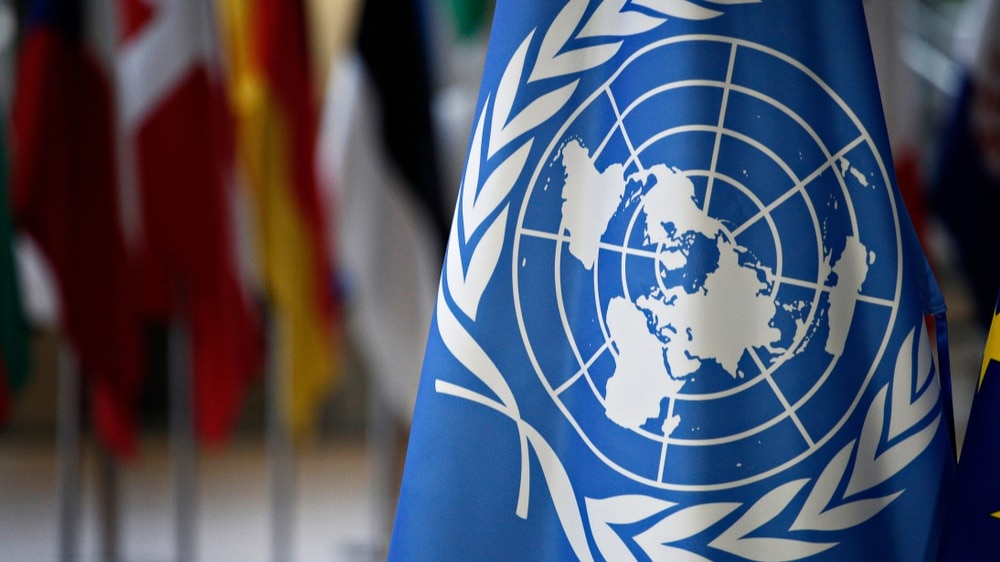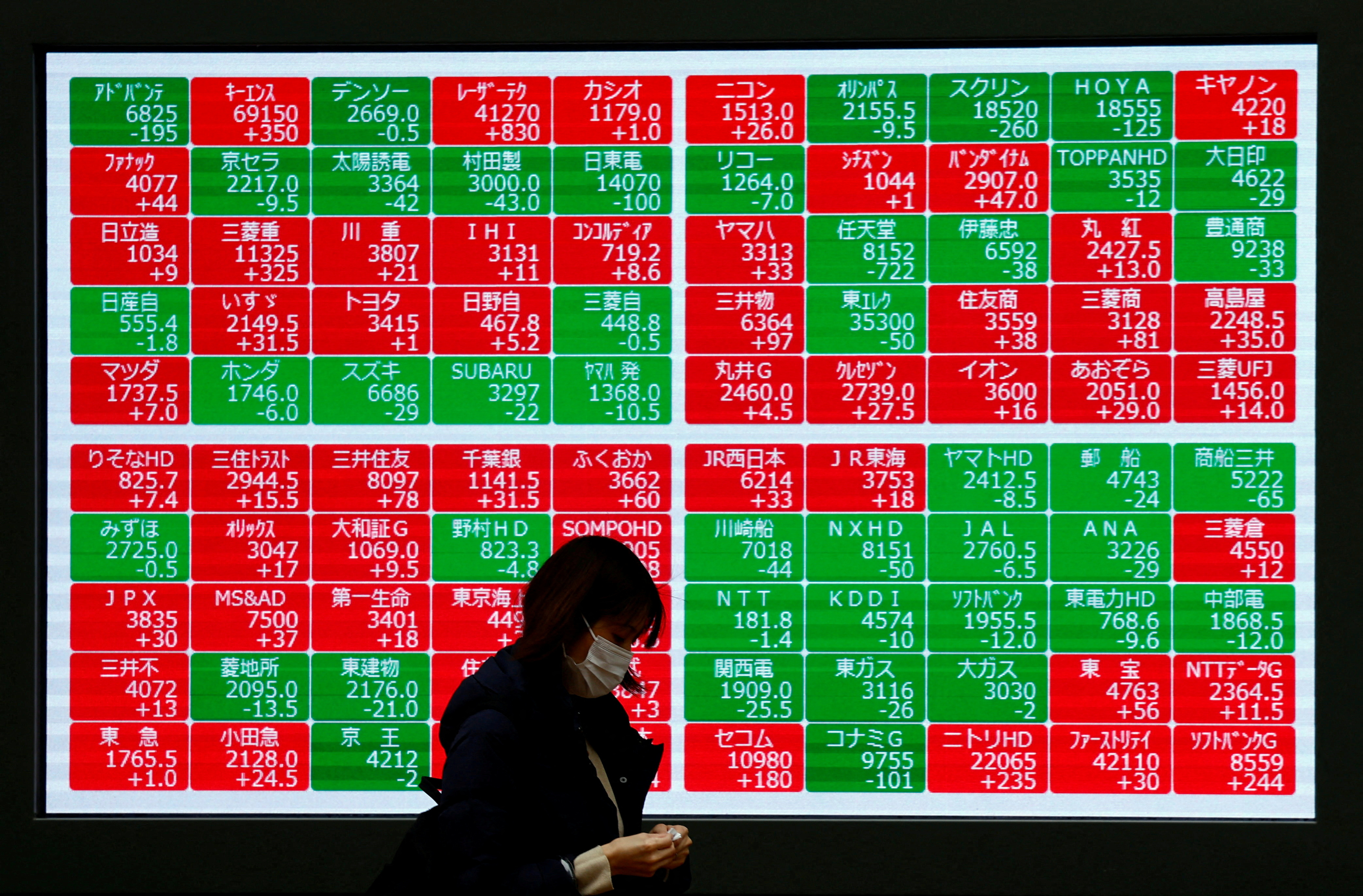
India’s Digital Public Infrastructure Drives Social Transformation and Progress

UN General Assembly President Dennis Francis has stated that India’s trajectory exemplifies the importance of Digital Public Infrastructure (DPI) as a fundamental driver of social transformation and progress. He emphasized that if accessed inclusively, DPI can facilitate equal opportunities in all aspects of life.
Conference on Citizen Stack: Digital Public Infrastructure, Transformative Technology for Citizens
The first conference on ‘Citizen Stack: Digital Public Infrastructure, Transformative Technology for Citizens’ was recently held at the United Nations. The conference was organized by the Permanent Mission of India to the UN in collaboration with the Ministry of Electronics and Information Technology.
India’s DPI Journey
The conference showcased India’s DPI journey, aligning with the country’s principle of ‘Vasudhaiva Kutumbakam’ (the world is one family). India Stack, a DPI platform, shared its experiences and achievements during the conference.
India’s Rapid Expansion of DPI
During his visit to India earlier this year, President Francis observed how the rapid expansion of DPI in the country has improved access and enabled millions to achieve financial independence and prosperity. In just seven years, India’s DPI model has achieved over 80% financial inclusion and accounts for more than 60% of all digital transactions worldwide.
Embracing and Replicating the Citizen Stack Model
President Francis highlighted the importance of embracing and replicating models like Citizen Stack across countries in the Global South. These models can support and empower vulnerable communities, leaving no one behind.
Closing the Digital Divide
While celebrating advancements in digital connectivity, President Francis emphasized the need to acknowledge that approximately 37% of the global population, around three billion people, have never used the internet. He called for efforts to close the digital divide and expand digital infrastructure for this population.
India as a Global Leader in Harnessing Technology
UN Development Programme Administrator Achim Steiner acknowledged India as a global leader in harnessing technology. He emphasized the importance of DPI and its role in transforming societies and economies.
Digital Public Infrastructure as a National Digital Spine
The India Stack, also known as India’s Citizen Stack, is a technology platform that provides various citizen services, including digital identity, payments, and open networks. Despite being privately provisioned, it is publicly owned infrastructure. India Stack has successfully increased bank penetration from 7% to 80% in just seven years, leading to over 60% of all digital transactions globally.
G20 DPI Framework and Global Digital Compact
Amandeep Singh Gill, UN Secretary-General Antonio Guterres’s Envoy on Technology, thanked India for its contribution to the G20 DPI framework. He highlighted the opportunity to further develop this consensus through the Global Digital Compact at the Summit of the Future.
Sharing Experiences and Learning from Leaders
Gill emphasized the importance of conferences like Citizen Stack in bringing together leaders from various countries who have successfully leveraged DPI to transform society and boost their economies. The conference showcased notable instances from the Philippines and Ethiopia.
Overall, India’s journey with DPI serves as an example of how digital public infrastructure can drive social transformation and progress. By embracing inclusive access and replicating successful models, countries can work towards achieving the Sustainable Development Goals (SDGs) and leaving no one behind.
SDGs, Targets, and Indicators in the Article
1. Which SDGs are addressed or connected to the issues highlighted in the article?
- SDG 1: No Poverty
- SDG 5: Gender Equality
- SDG 8: Decent Work and Economic Growth
- SDG 9: Industry, Innovation, and Infrastructure
- SDG 10: Reduced Inequalities
- SDG 16: Peace, Justice, and Strong Institutions
- SDG 17: Partnerships for the Goals
The article discusses how digital public infrastructure (DPI) in India has facilitated equal opportunities and social transformation. This is connected to SDG 1 (No Poverty) as it mentions that DPI has enabled millions to achieve financial independence and prosperity. It is also connected to SDG 5 (Gender Equality) as it highlights the empowerment of vulnerable people in communities. Additionally, the rapid expansion of DPI in India has contributed to economic growth, which aligns with SDG 8 (Decent Work and Economic Growth). The article also mentions India’s DPI model achieving financial inclusion and accounting for a significant percentage of digital transactions worldwide, which relates to SDG 9 (Industry, Innovation, and Infrastructure). The emphasis on leaving no one behind and closing the digital divide connects to SDG 10 (Reduced Inequalities). The conference on Citizen Stack and the adoption of the G20 DPI framework demonstrate efforts towards SDG 16 (Peace, Justice, and Strong Institutions) and SDG 17 (Partnerships for the Goals).
2. What specific targets under those SDGs can be identified based on the article’s content?
- SDG 1.4: By 2030, ensure that all men and women, in particular the poor and the vulnerable, have equal rights to economic resources, as well as access to basic services, ownership, and control over land and other forms of property, inheritance, natural resources, appropriate new technology, and financial services, including microfinance.
- SDG 5.5: Ensure women’s full and effective participation and equal opportunities for leadership at all levels of decision-making in political, economic, and public life.
- SDG 8.10: Strengthen the capacity of domestic financial institutions to encourage and expand access to banking, insurance, and financial services for all.
- SDG 9.3: Increase the access of small-scale industrial and other enterprises, in particular in developing countries, to financial services, including affordable credit, and their integration into value chains and markets.
- SDG 10.2: By 2030, empower and promote the social, economic, and political inclusion of all, irrespective of age, sex, disability, race, ethnicity, origin, religion or economic or other status.
- SDG 16.6: Develop effective, accountable and transparent institutions at all levels.
- SDG 17.17: Encourage and promote effective public, public-private and civil society partnerships, building on the experience and resourcing strategies of partnerships.
Based on the article’s content, the identified targets are related to ensuring equal rights and access to economic resources (SDG 1.4), promoting women’s participation in decision-making (SDG 5.5), expanding access to financial services (SDG 8.10 and SDG 9.3), promoting social and economic inclusion (SDG 10.2), developing effective institutions (SDG 16.6), and fostering partnerships (SDG 17.17).
3. Are there any indicators mentioned or implied in the article that can be used to measure progress towards the identified targets?
- Percentage of men and women with access to financial services
- Percentage of women in leadership positions in decision-making
- Percentage increase in financial inclusion for citizens
- Percentage of digital transactions accounted for by India’s DPI model
- Percentage increase in bank penetration
The article mentions several indicators that can be used to measure progress towards the identified targets. These include the percentage of men and women with access to financial services, the percentage of women in leadership positions in decision-making, the percentage increase in financial inclusion for citizens, the percentage of digital transactions accounted for by India’s DPI model, and the percentage increase in bank penetration.
Table: SDGs, Targets, and Indicators
| SDGs | Targets | Indicators |
|---|---|---|
| SDG 1: No Poverty | 1.4: By 2030, ensure that all men and women, in particular the poor and the vulnerable, have equal rights to economic resources, as well as access to basic services, ownership, and control over land and other forms of property, inheritance, natural resources, appropriate new technology, and financial services, including microfinance. | Percentage of men and women with access to financial services |
| SDG 5: Gender Equality | 5.5: Ensure women’s full and effective participation and equal opportunities for leadership at all levels of decision-making in political, economic, and public life. | Percentage of women in leadership positions in decision-making |
| SDG 8: Decent Work and Economic Growth | 8.10: Strengthen the capacity of domestic financial institutions to encourage and expand access to banking, insurance, and financial services for all. | Percentage increase in financial inclusion for citizens |
| SDG 9: Industry, Innovation, and Infrastructure | 9.3: Increase the access of small-scale industrial and other enterprises, in particular in developing countries, to financial services, including affordable credit, and their integration into value chains and markets. | Percentage of digital transactions accounted for by India’s DPI model |
| SDG 10: Reduced Inequalities | 10.2: By 2030, empower and promote the social, economic, and political inclusion of all, irrespective of age, sex, disability, race, ethnicity, origin, religion or economic or other status. | Percentage increase in bank penetration |







